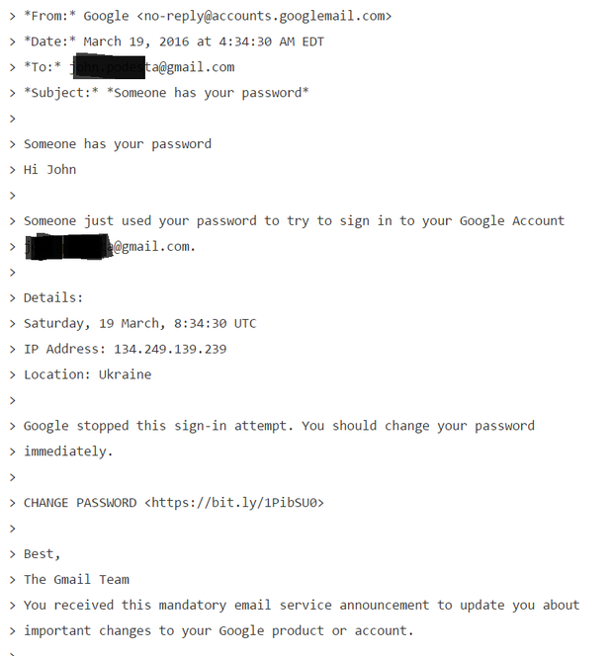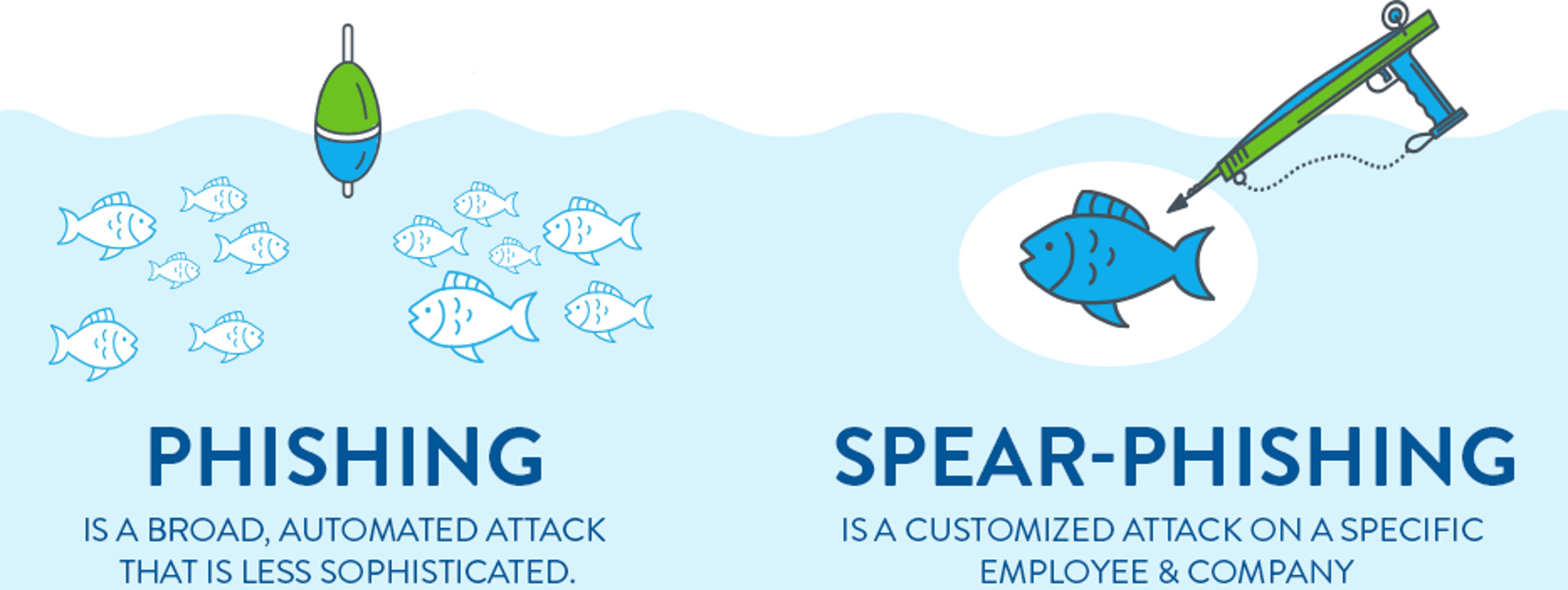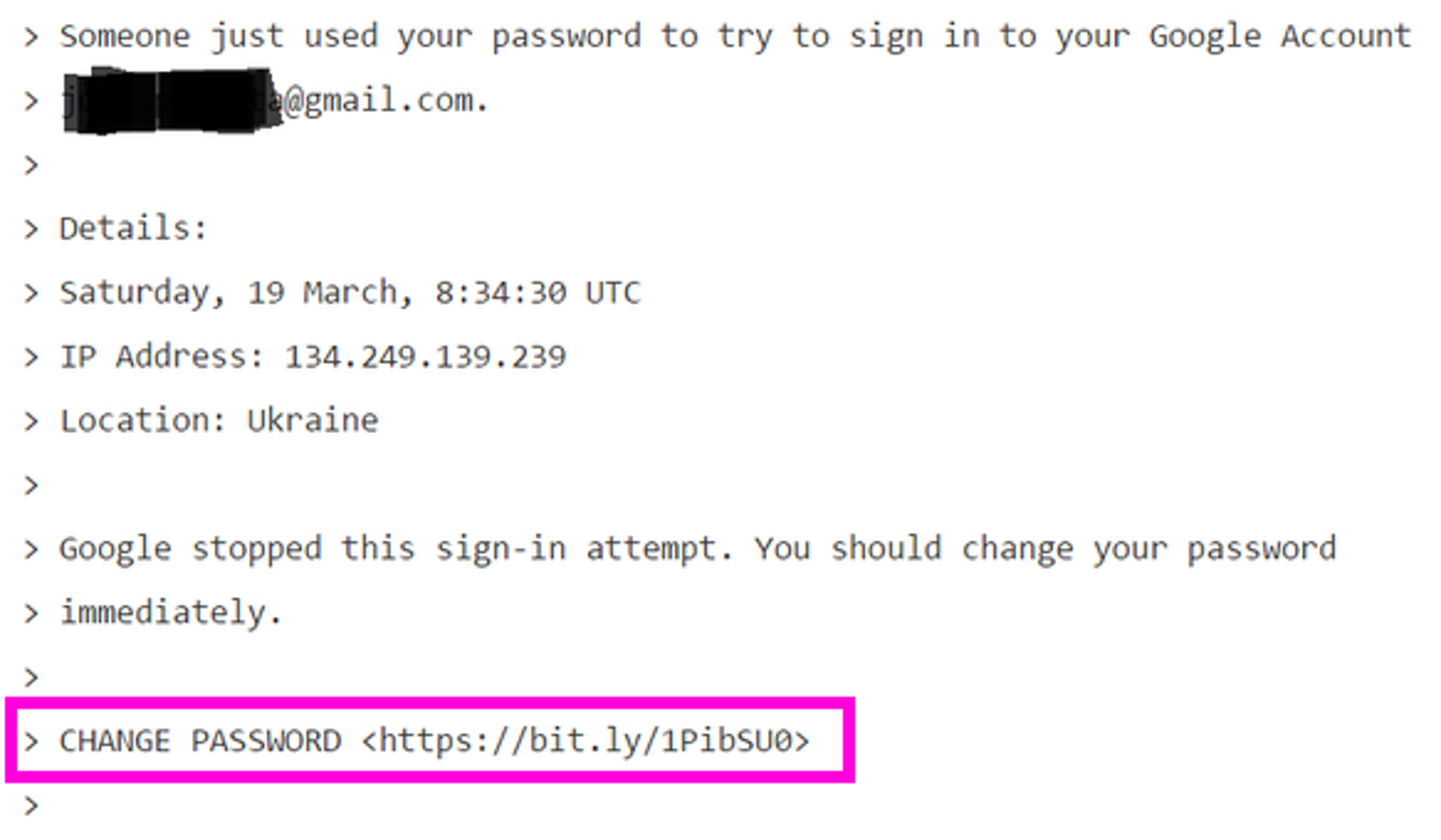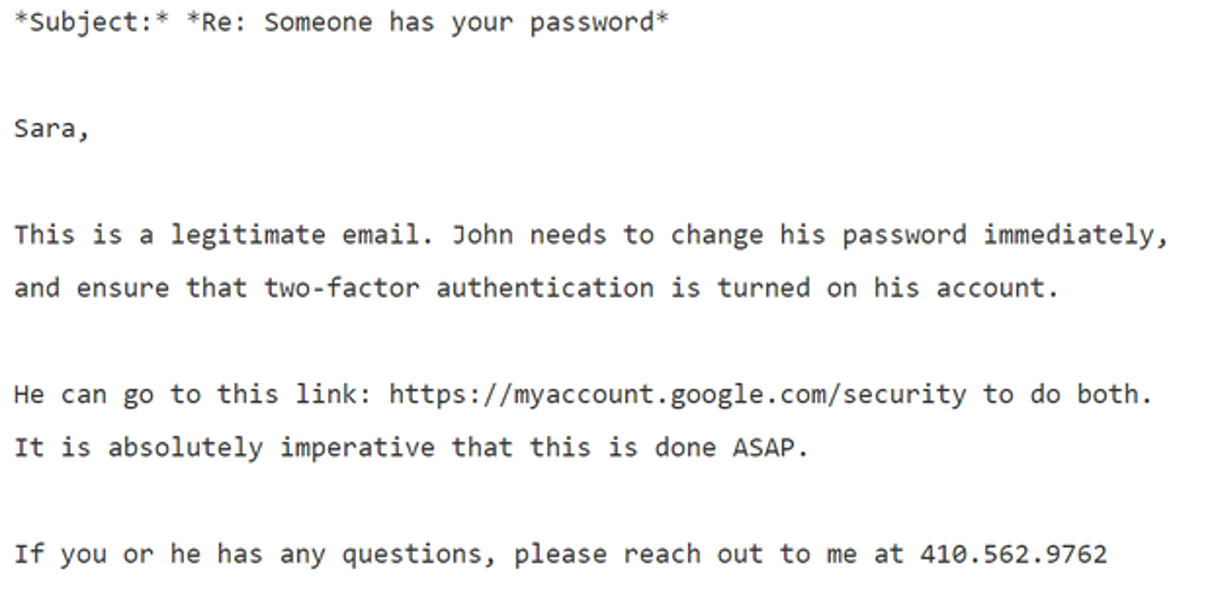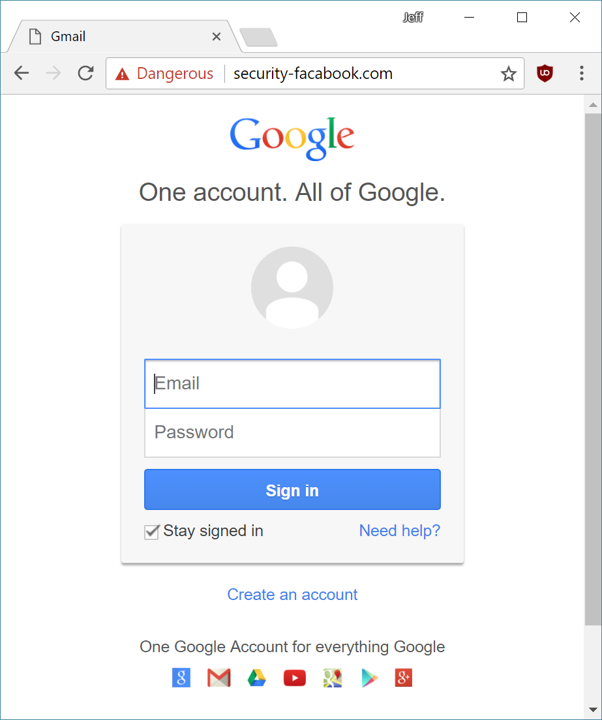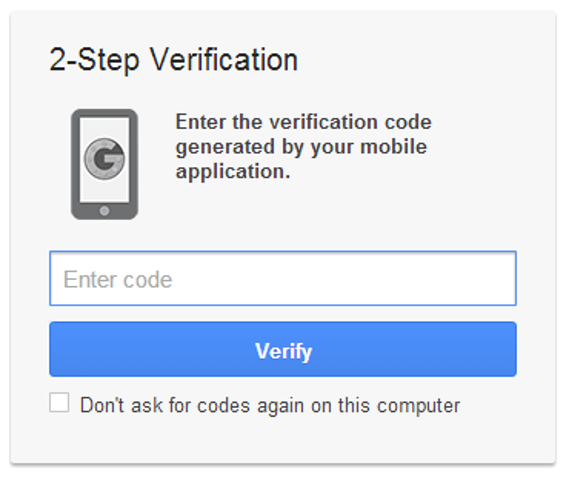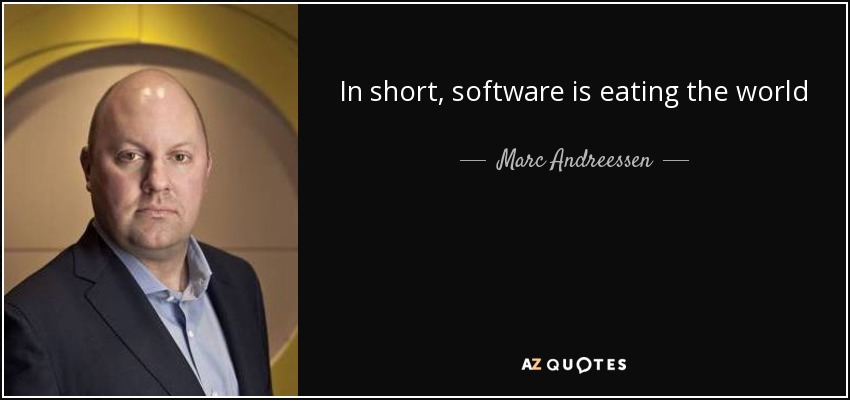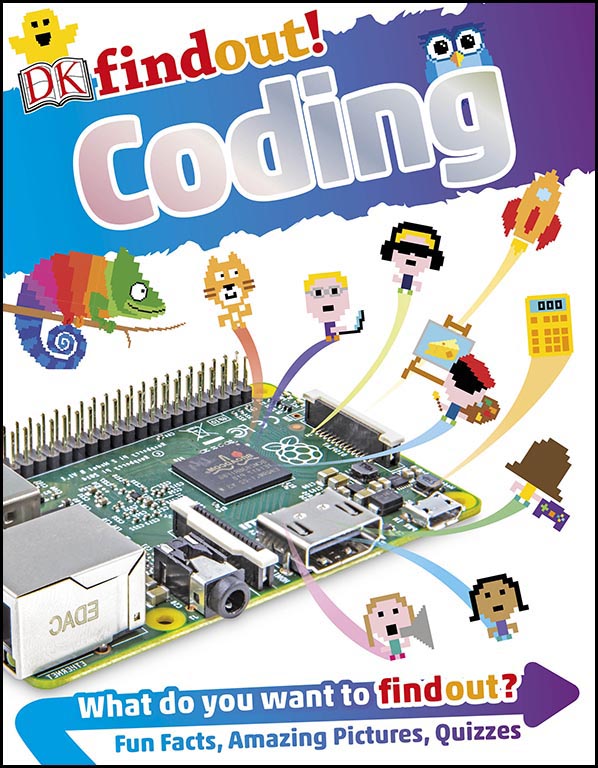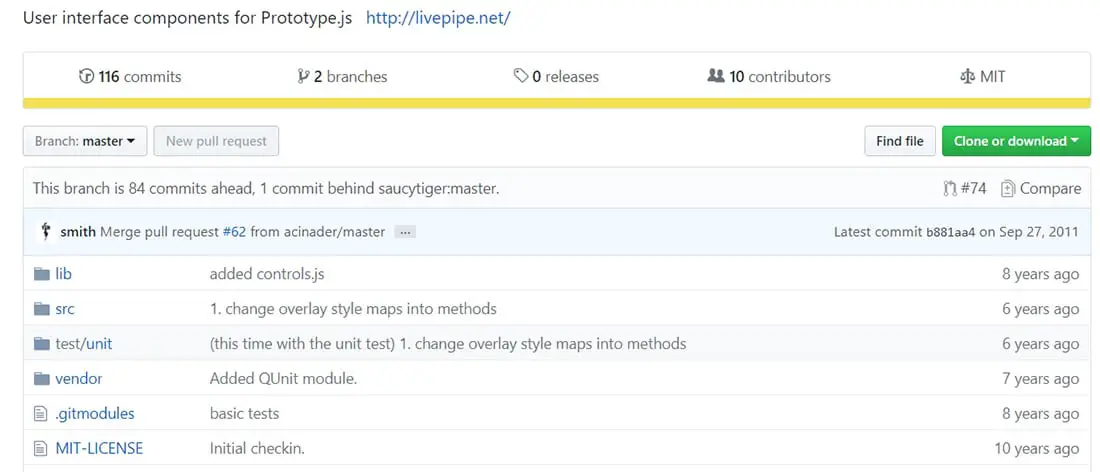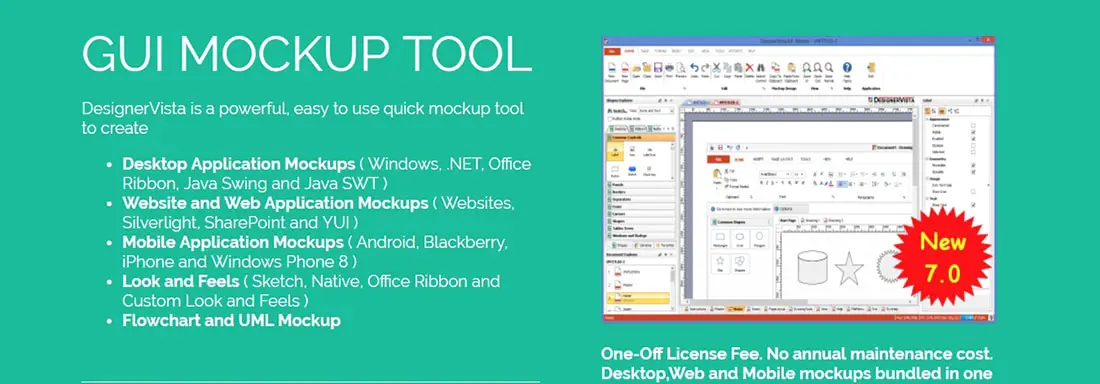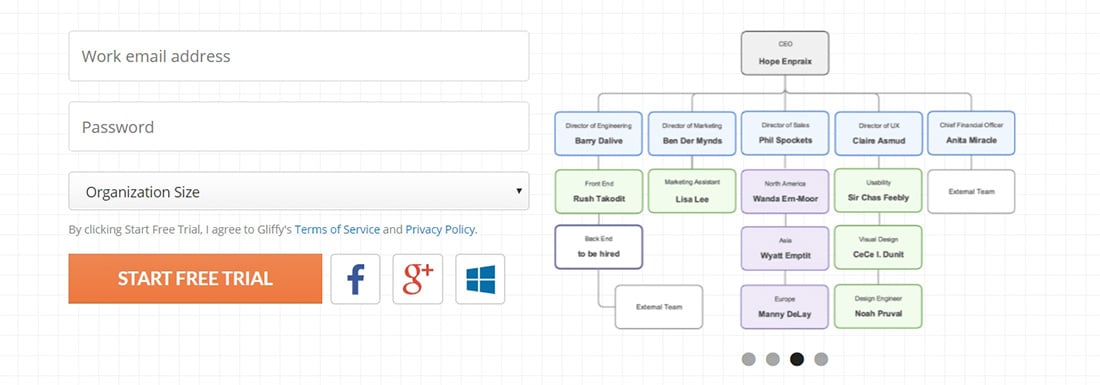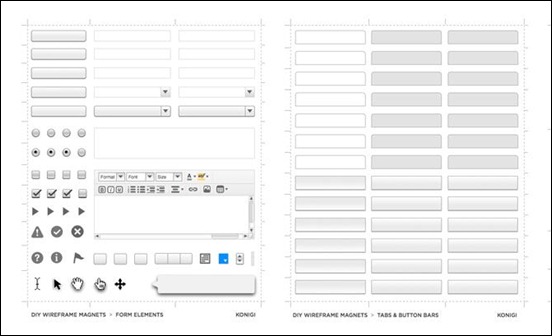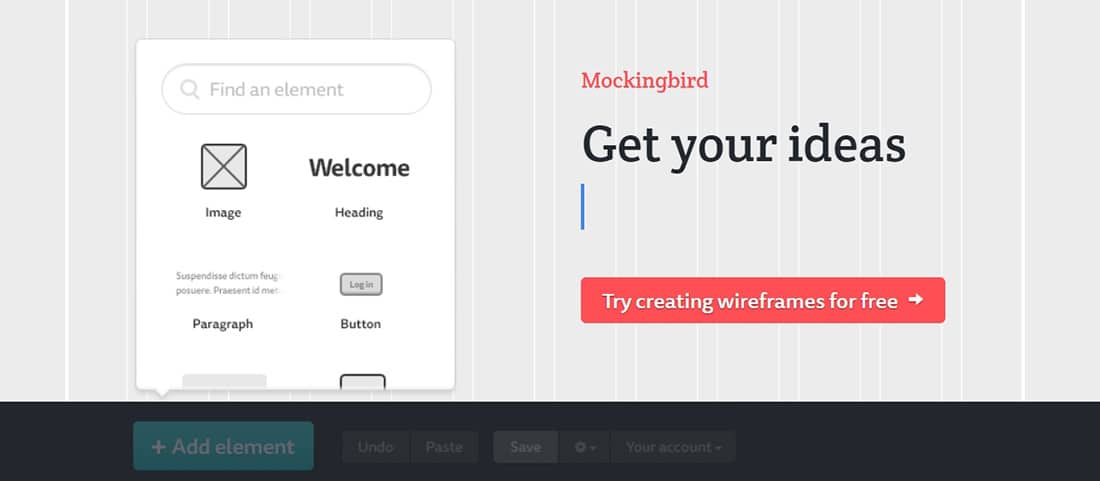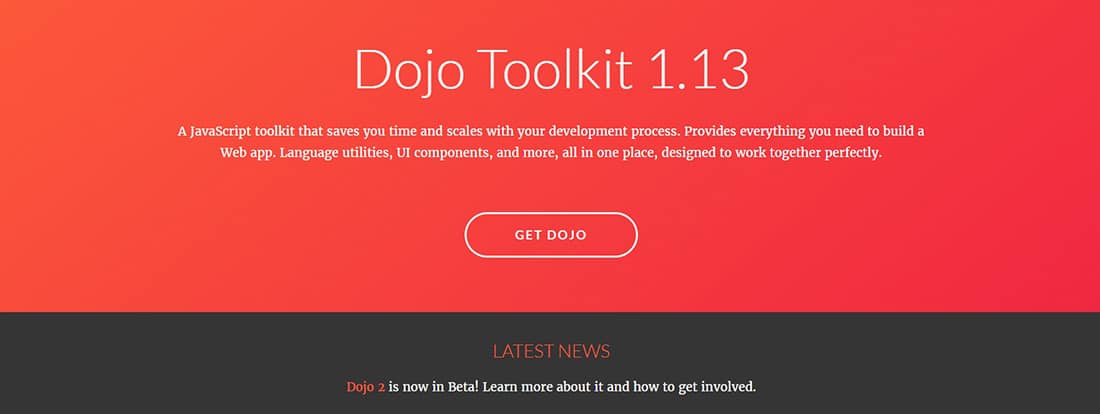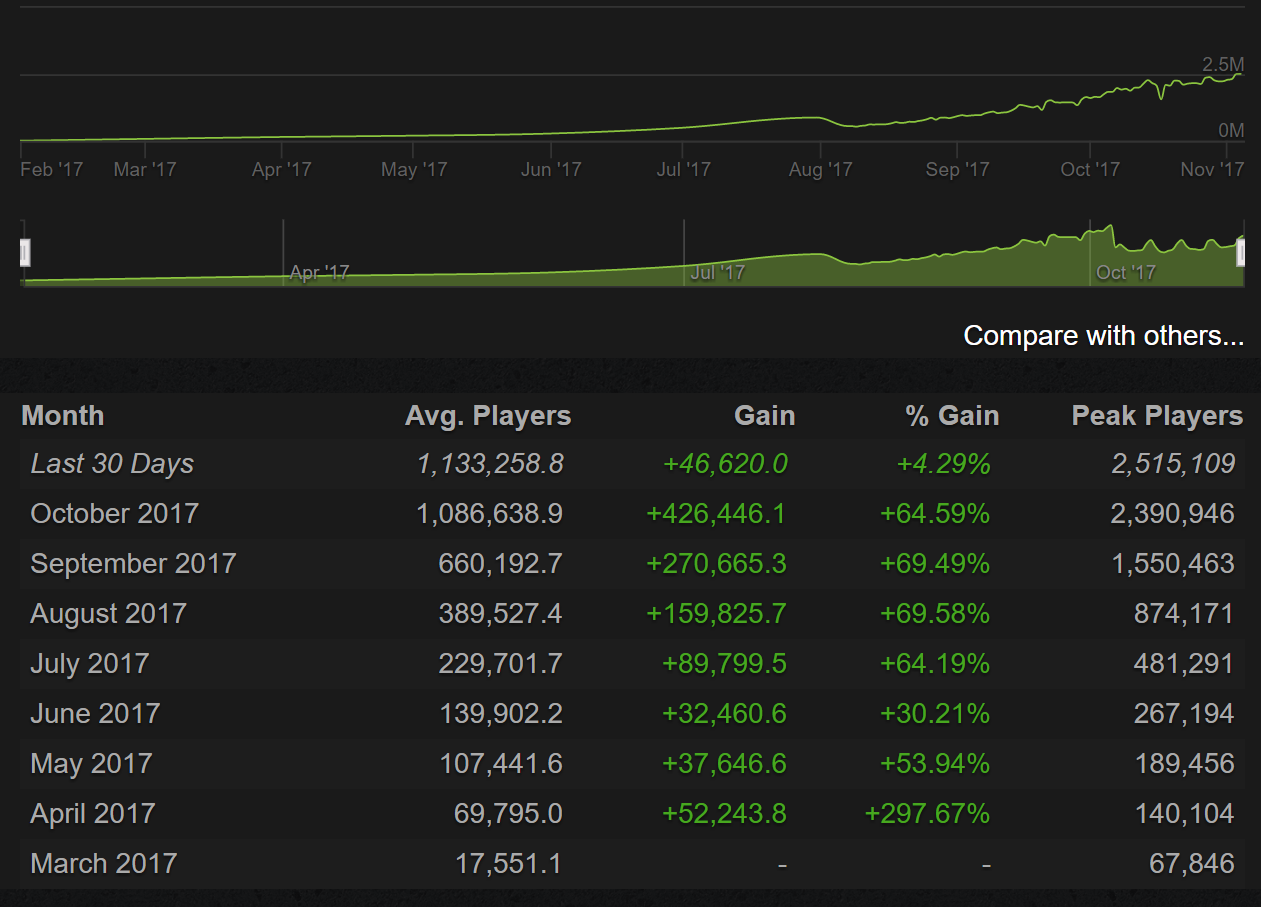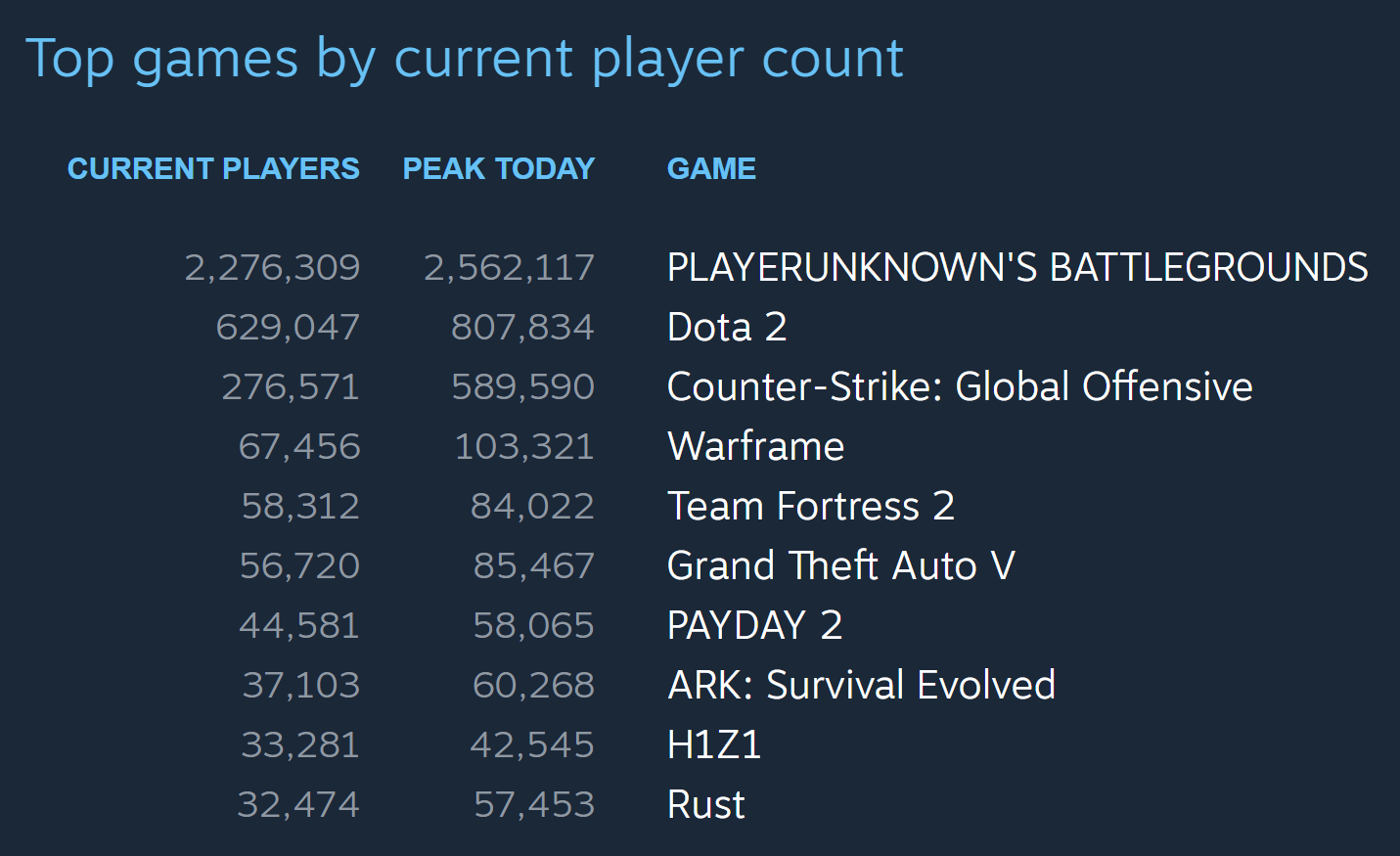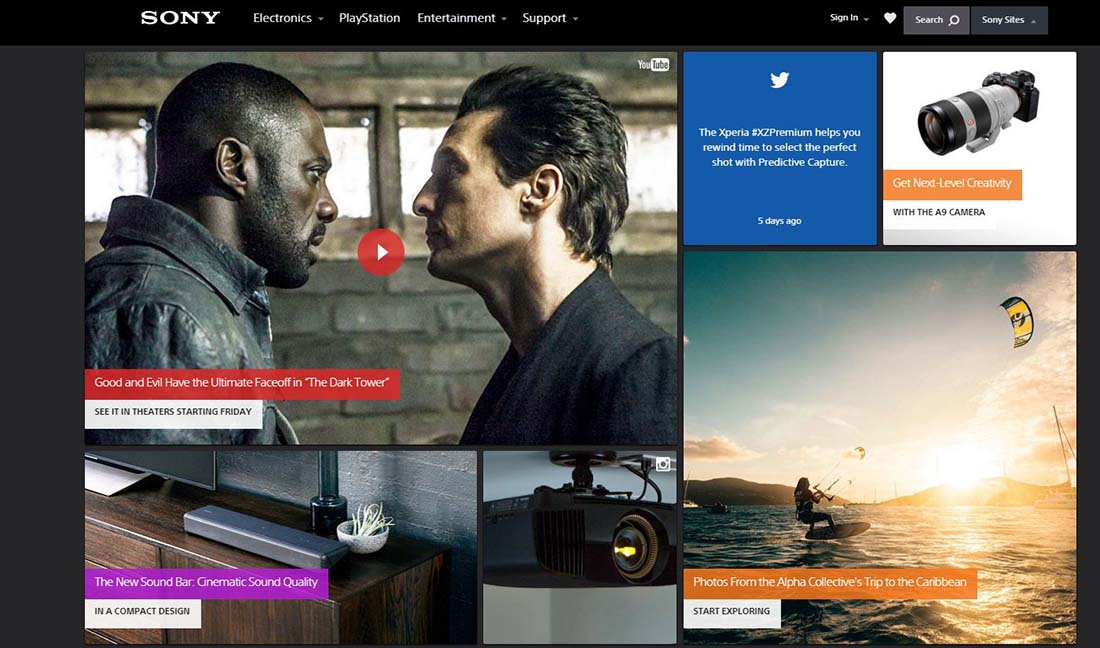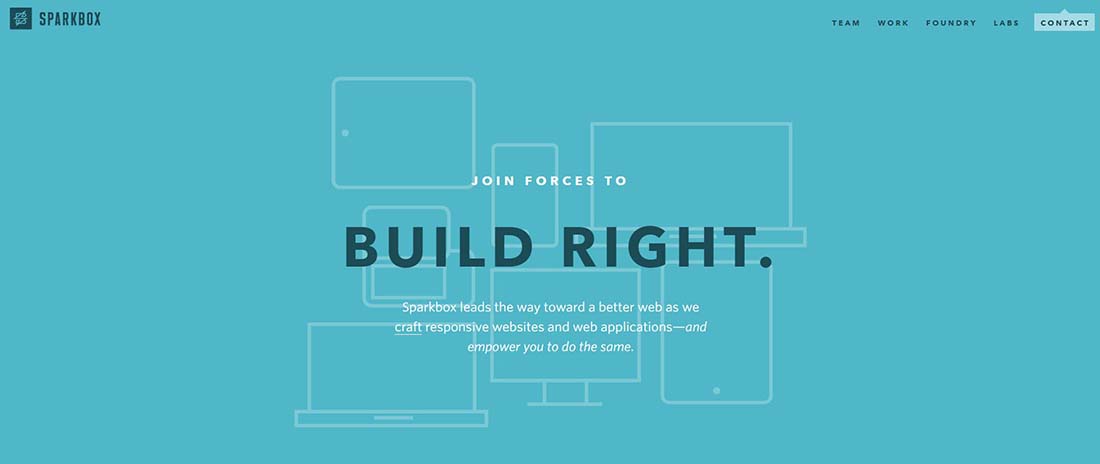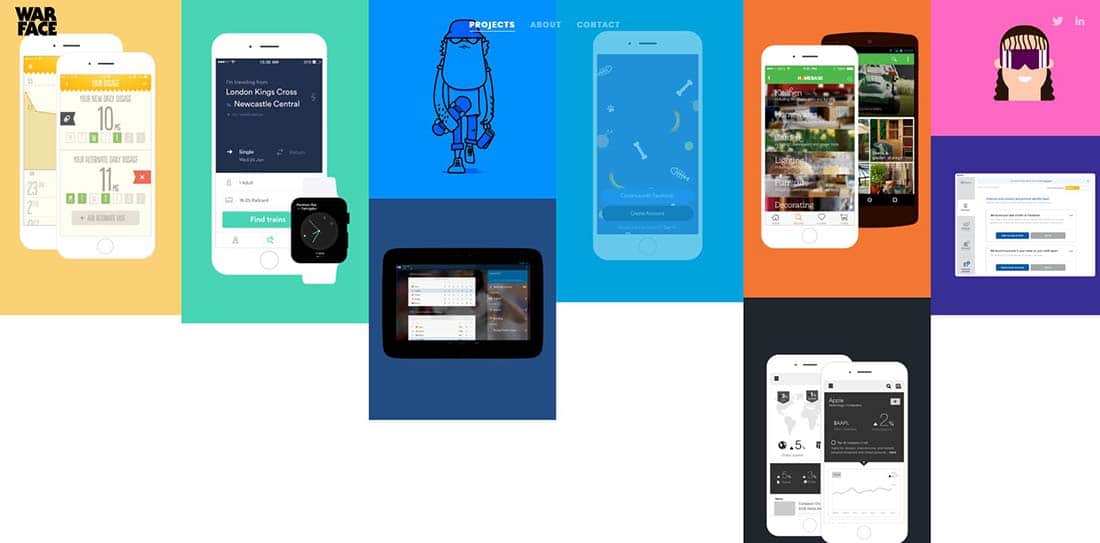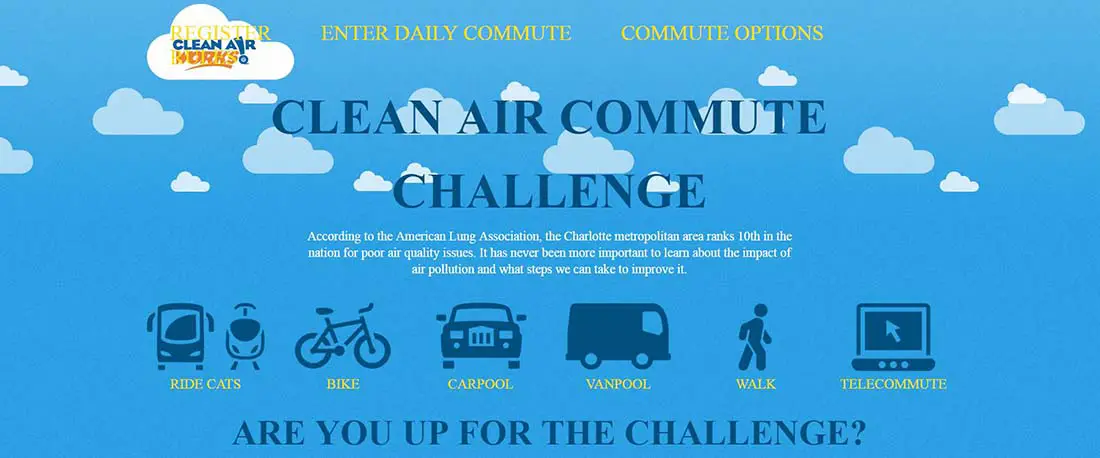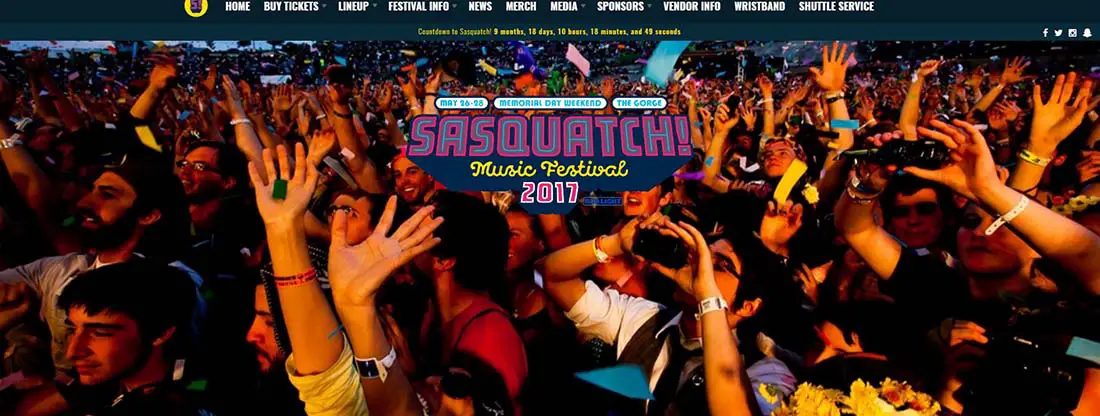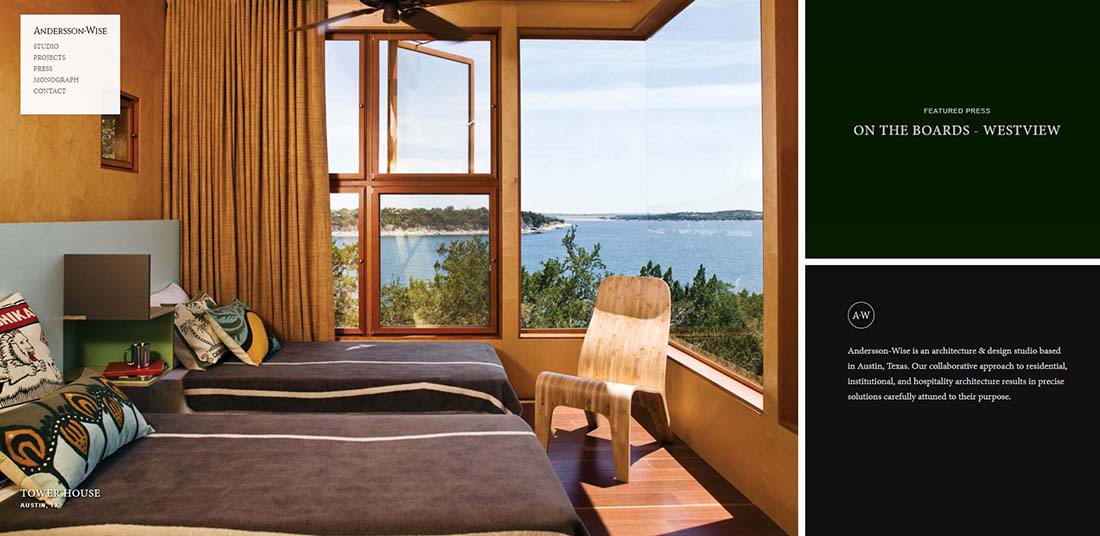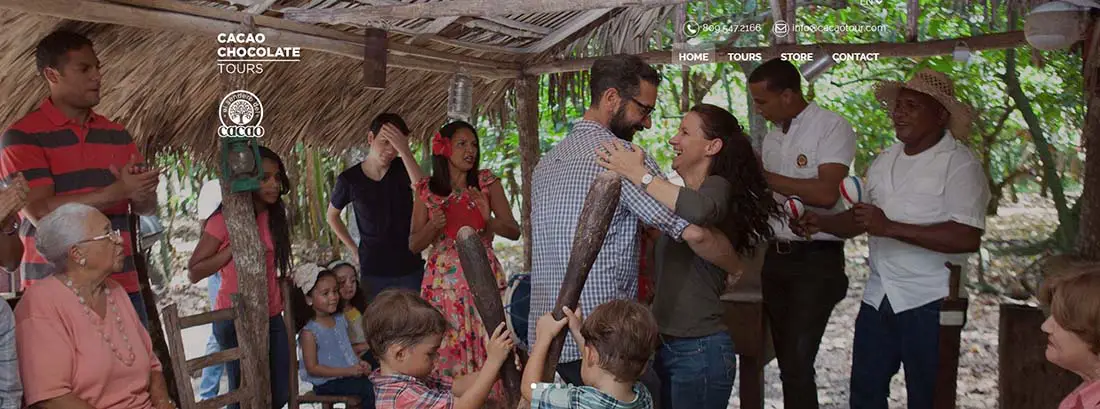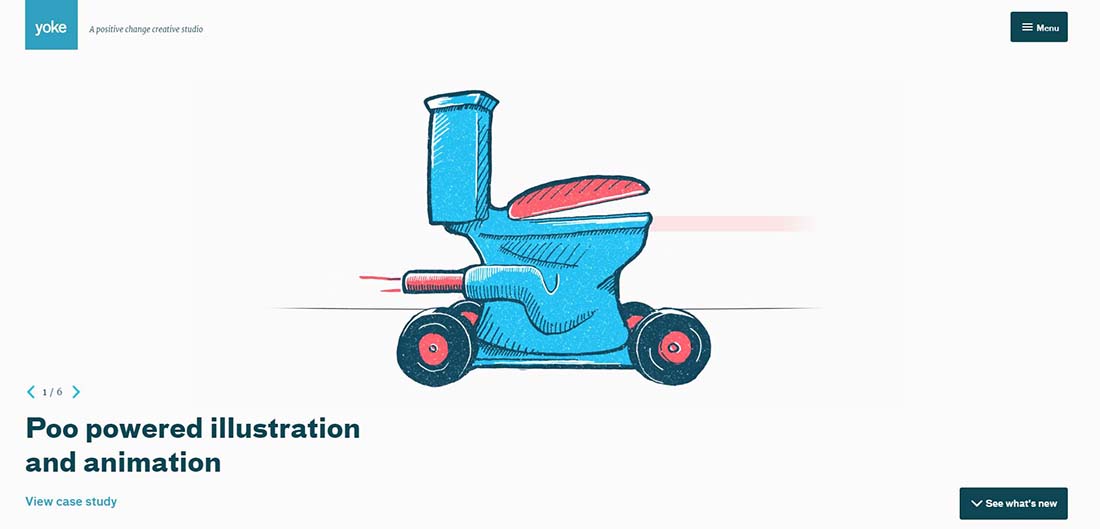UX Explained in Fewer than 140 Characters
As a UX designer or digital agency, you have your regular sources of information that keep you up-to-date on industry happenings and best practices. However, you’ve likely found that different outlets can put out similar content. When you’re feeling like there’s a lull in inspirational content, take to Twitter for a diverse source of unique opinions, perspectives, statistics and UX news.
Whether you feel isolated as the sole UX employee in your agency or you manage UX specialists and want to see how other UX designers conduct their work, Twitter gives you access to other professionals and companies to connect with, share ideas and gain vital information to improve your workflow and understanding of UX.
“The design team consists of every individual who influences the rendering of our intent.” @jmspool #DesignLeadership @WeAreDesignX pic.twitter.com/HyP13smaWG
— Farwa K (@itsfarwa) September 29, 2018
When to it comes to a user’s experience on a website, mobile app or any other form of media, there are no small details. The entire display (visual, audio) of content is what creates the atmosphere surrounding a user’s focus, intent and attitude. From the copy and interactivity to the background image and the button for the CTA, every element of what is displayed on the screen currently and leading up to a particular moment is what makes up a user’s experience.
This can come as an aid or a detriment to a UX designer. You can create stunning visuals that capture the essence of the moment/brand perfectly and one typo or a slow page speed can completely throw off a user. You may struggle on a particular project with telling a story and lean on a great copywriter to assist your attractive designs to create a successful project. Understand who will play a role in a given project and work with them to generate an intuitive and engaging experience.
“It doesn’t matter how great your product…if people are not able to perform their desired tasks efficiently.” UX Research Is Essential to Product Success https://t.co/SEwKCRWJ6C (@Apurvo_Ghosh via @uxmatters) #ux #techcomm #cx
— Rick Sapir (@ricksapir) September 27, 2018
This works to expel the myth that UX is all about visuals. You may find yourself caught up on the visual aspect of a certain web page or mobile app and overlook the end user experience from the functional standpoint. Just remember that in the end, the time you spend creating the perfect atmosphere that is immersive, engaging, informative and natural, will likely not matter if a user cannot get through the entire process efficiently. Be confident in your work so as not to over-complicate the project. Simplistic and functional will always beat complex and frustrating.
We often talk about effective design ‘delighting’ users – but how often do we sit back and consider what that ‘delight’ actually really entails?@BMoreWalkative explains how her team define delight (it’s not all about fun!) for @uxmatters https://t.co/ait0GCtNcc pic.twitter.com/TOwVMm2vG5
— Lighthouse London (@wearelighthouse) September 5, 2018
The goal of UX is to delight users, but what defines UX more than establishing an emphasis on delighting users, is the notion that the goal of UX is constantly being redefined. Year after year, even from project to project, the way that you delight an end user is going to vary drastically. If you’re creating a website for an expert end user, your visuals need to be sharp and your content needs to be robust and dynamic. If you’re creating a website for an end user seeking answers on an unfamiliar topic, delighting that user is quickly and efficiently providing a user with useful information.
Be fluid in your approach towards each project from the research phase to putting the finishing touches on your product. This allows the user experience to be what it needs to be rather than what you perceive it should be.
#UX research is essential for #innovating and creating a product your customers care about. Encourage dialog with customers and create a fertile ground for designing features based on the real needs of your customer community. #avtweeps #tech https://t.co/ih03ccs7TU by @uxmatters pic.twitter.com/xMrTKLo0ar
— Mersive (@Mersive) September 27, 2018
Sometimes the most obvious solution is the best solution. Often times, especially when we’re trying to create something unique and innovative, we get caught up in being experts. This thought that, “we know better” is simply contradictory to our entire goal as “User Experience” designers. Now this doesn’t mean that every user has a complete understanding of the big picture and UX best practices, but it does mean that customer research should guide certain key decisions. Even if you’re doing something that’s never been done before, take the steps to analyze how users will react to your product.
“Often, #UserResearch participants don’t know why they do things, what they really need, what they might do in the future, or how a #design could be improved. To really understand what people do, (…) you have to observe them.” https://t.co/g8pUFcvqFg @uxmatters pic.twitter.com/ut550m0TFc
— User Viewing (@UserViewing) September 18, 2018
When conducting UX research, you can’t just ask questions or place participants in awkward, unnatural scenarios. In order to get authentic and truly useful information from users, you need to observe them from afar. Attempt to normalize your studies as much as possible. Take away as many external factors, such as other peers. Placing pressure on participants may lead to inauthentic actions that can impact the validity of the data you collect.
Utilize these insights from various industry experts to enhance your understanding of what UX truly is from an individual and company wide standpoint. Twitter and other social resources can be used to gain unique perspectives.
Whether you’re in need of UX work, are looking to better manage your UX team or are a UX designer yourself, gaining different perspectives gives you the necessary knowledge to make good decisions as UX pertains to you.
“The hardest part of my job, as a UX leader, is keeping the work interesting for designers and retaining the talent”@uxmatters @madgeodear #UserExperience #usercentric #Usability #UI #DesignThinking #design #uxdesign #ux #webdesign https://t.co/afcMzJrdBH pic.twitter.com/x0XGfUKc2e
— Denis Z. (@deniszdesign) August 20, 2018
As a UX specialists, you’re constantly having to balance function, client relations and creativity. Whether you’re a natural creative, you always want to push your designs to new innovative levels to excite clients/users and keep your job fresh and interesting. The struggle is that it’s not always practical to go the extra mile or you may not have complete free reign over a project, if a client wants to have input in the final product.
Satiating your creativity can be challenging when so much of the work of UX designers is strict task completion. Understand that UX design may not be artistic work, but if a project is completed successfully, the client and end user will be delighted, making UX design a fulfilling career.
3-steps to predictable innovation:
1. Target a market
2. Uncover unmet needs
3. Address the unmet needsSounds simple, but the devil is in the details. Here’s a process that reveals the details:https://t.co/ok3IQ2QObQ#JTBD #JobsToBeDone #Innovation #Disruption
— THE JTBD INSTITUTE (@JTBDi) July 24, 2018
When it is time to get creative, innovative and disruptive, it takes all gears grinding at once to push through amazing and ground breaking design work. From the research and planning phase to the execution phase, every detail matters. In order to create something truly unique and, most of all, helpful, it’s going to take a massive effort for everyone involved in the project. Be certain to make your opinion heard so that client input is limited to preference and doesn’t impact the overall function and performance of your product.
Utilize these and other Tweets to motivate the performance of your UX team. Follow respected industry leaders and companies for a regular source of inspiration, support and guidance. Consider other social platforms and unique sources of UX information to generate more original and insightful thoughts and projects.
The post UX Explained in Fewer than 140 Characters appeared first on Web Design Dev.

